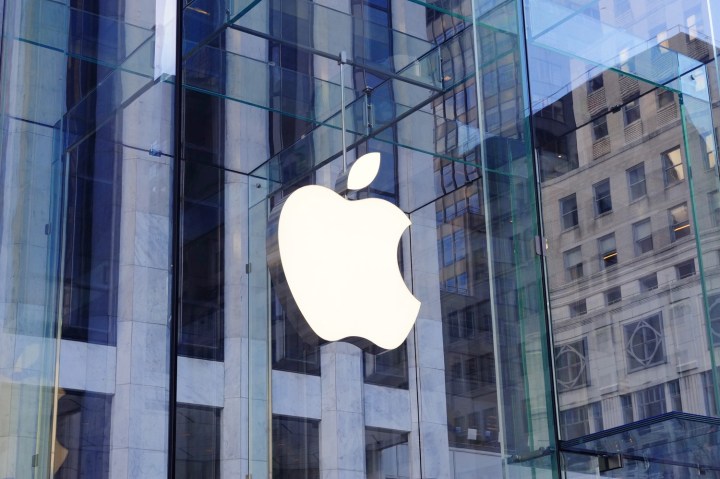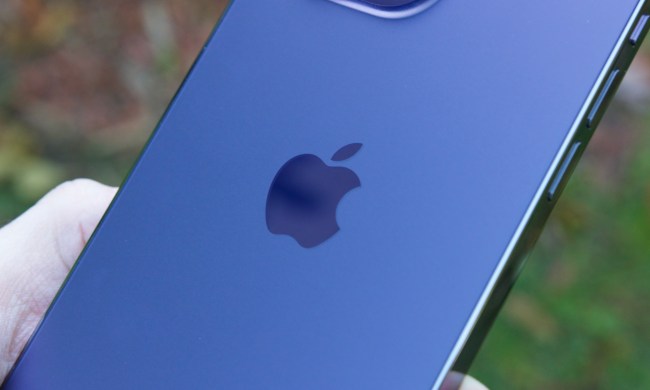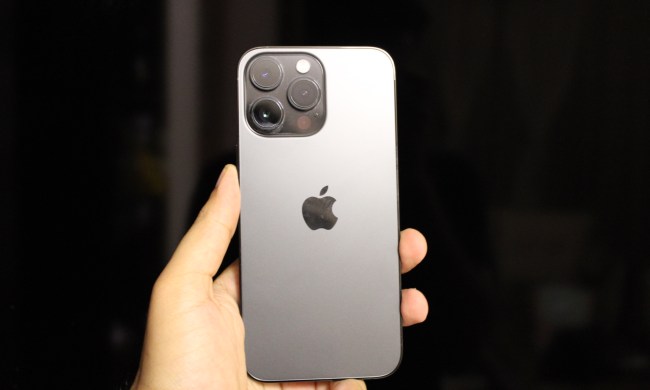
This isn’t the company’s first overture. Earlier this month, The Press of India reported that Apple requested incentives in a letter to India’s Department of Revenue and Department of Electronics and Information Technology (DeITY). Specifically, it sought tax exemptions based on the justification that it makes “state-of-the-art” and “cutting-edge” technology products for which “local sourcing isn’t possible.”
Senior Trade Ministry authorities have met to discuss Apple’s proposition, according to The Wall Street Journal. And CEO Tim Cook discussed the issue with Prime Minister Narendra Modi when the two met in New Delhi.
Apple’s entreaty comes on the heels of two rejections. The Indian government previously turned down Apple’s request to import refurbished phones and sell them in India, keeping in place a network of third-party distributors. And it refused to allow the company to open Apple Stores, citing strict regulations on foreign direct investment.
But signs of change are in the air. In June, the government announced that certain brand retailers — specifically those who have agreed to purchase at least 30 percent of their raw materials from Indian vendors for a minimum of three years — may open brick-and-mortar outlets in the country.
Moving the manufacture of smartphones, tablets, and other devices in India could help the company meet that requirement. In contrast to competitors like Samsung and Xiaomi, which already assemble products in India, Apple manufactures most of its smartphones in China, South Korea, Japan, and the U.S.
And this move could reduce the cost of the iPhone in a country where its retail price is consistently among the highest in the world. A weakening rupee, buffers against currency inflation, and an increase in taxes on imported goods drove the iPhone’s going rate to record heights last year. In October 2015, an entry-level 16GB iPhone 6S cost $955 in India compared to $845 in France, the second most expensive place to buy an iPhone. The same model retailed for $650 in the United States.
Tarun Pathak, a senior analyst at market research agency Counterpoint, told BuzzFeed that iPhone prices in the country could drop 12-13 percent if Apple made its devices in India.
Apple has a powerful incentive to pursue the move. In the second quarter of this year, Apple reported its first annual decline in 15 years. More than 97 percent of all smartphones in India run Android, Google’s mobile operating system. And the country’s smartphone market is booming. According to research firm IDC, the country is poised to overtake the U.S. as the world’s second-largest market for the devices, behind China.


